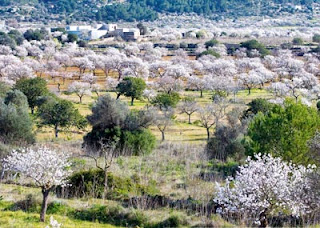We discovered our blog is being read by people around the
world, thanks to Google analytics. The Internet (or what I call “electronic
intelligence”) is spread 360 degrees across the globe. And who knows, maybe
deep in the cosmos too. Of course people need to read English. But then again languages are translated in
all tongues on the web. Someone in Russia (yes, our humble blog is read over
there), asked if we’d elaborate a bit on why the ancient Egyptians worshipped
and held the scarab (dung beetle) in such esteem. Glad to oblige.
What’s amazing is how the ancient Egyptians observed
the dung beetle’s behaviour; they must have had a keen awareness. First, they noticed
how the dung beetles rolled round balls.
This reminded them of the Sun and its movement from morning to night. They
observed how these remarkable beetles buried these balls, like some kind of
funeral, burying the dead. But when
newborn beetles appeared from the balls, it evoked in the Egyptians thoughts of
reincarnation. This lead to their
creation of ‘scarabs’ from semi-precious stones, clay or metal, and even gold,
which they buried with their dead. The Pharaohs in particular were in awe of
this sacred beetle.
So much so that
besides using them as sacred symbols, they had special rings made (“swivel
rings”) with their rank and position marked on the bottom side of the scarab in
hieroglyphs, to use for sealing documents. They also observed the white beetle
grubs in the balls, which inspired them to wrap their dead in white cloth to
make mummies. Scarabs can be seen in any museum around the world that has an ancient
Egyptian department.
Trust this
information helps to shed more light for our blog reader in Russia about this
amazing beetle’s journey and behaviour, and its important role in ancient
Egypt, symbolizing the cycle from life, to burial and rebirth.
Henri van Bentum














